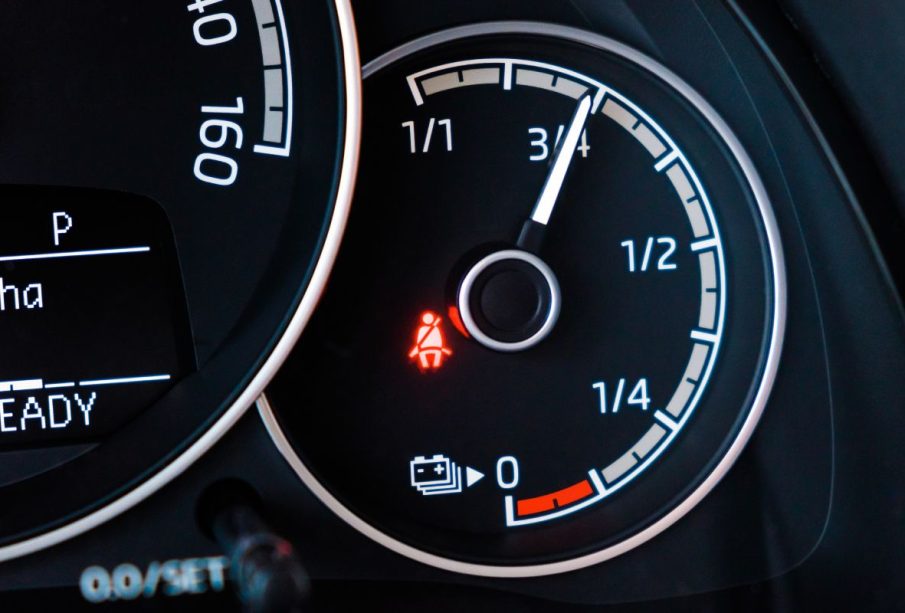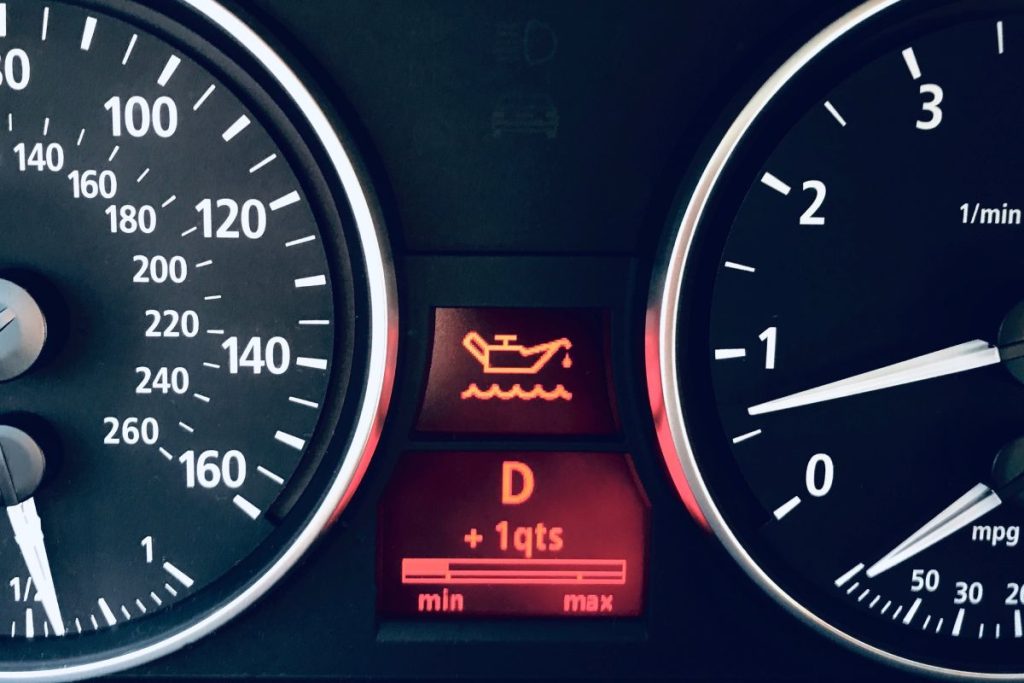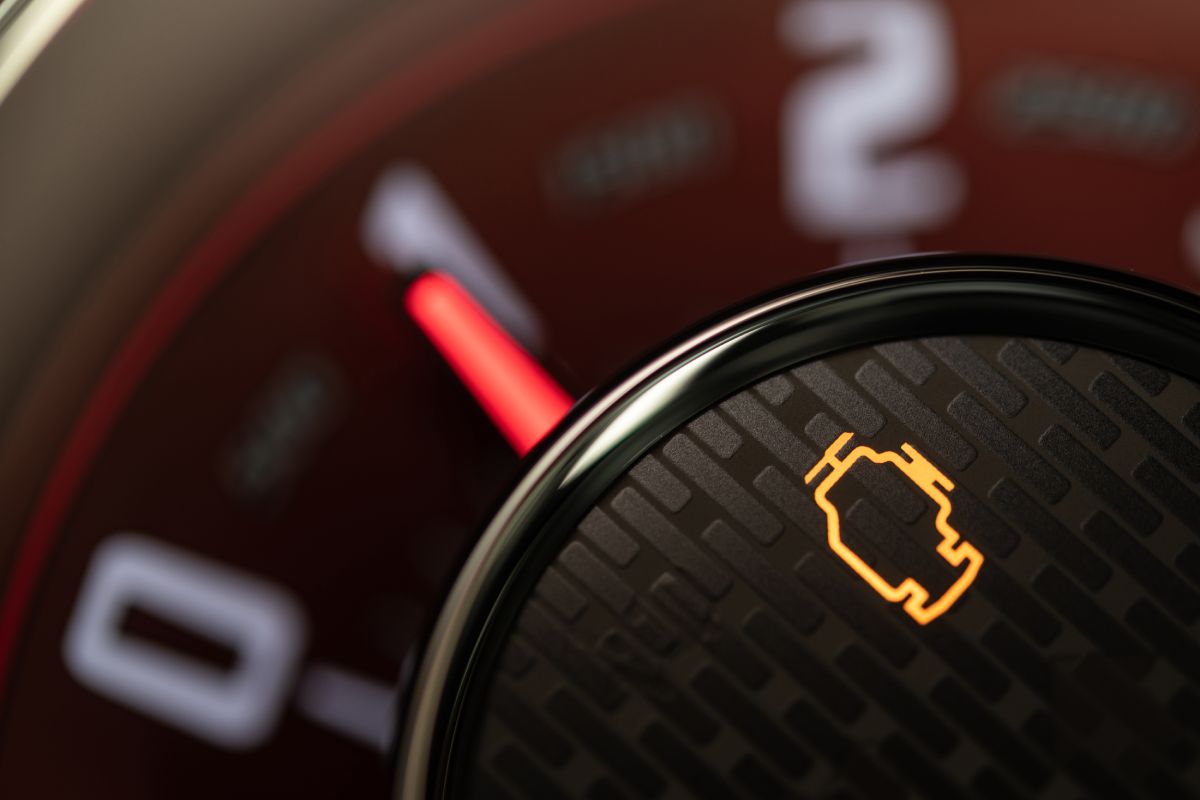What All the Signs On Cars’ Console Mean?

The signs or symbols on a car’s console or dashboard are designed to provide information about the status or condition of various systems in the vehicle. While the specific symbols may vary slightly depending on the make and model of the car, we can provide you with a general overview of some common symbols you might find on a car’s console:
What All the Signs On Cars’ Console Mean?
- Check Engine Light: This symbol looks like an engine block and typically indicates a problem with the engine or its related systems. It is advised to have the vehicle checked by a mechanic if this light illuminates.

- Battery Warning Light: This symbol looks like a battery and indicates an issue with the vehicle’s charging system or battery. It may signify a faulty alternator, loose belt, or a discharged battery.
- Oil Pressure Warning Light: This symbol resembles an oil can or an oil drop and indicates low engine oil pressure. It’s essential to address this immediately, as low oil pressure can lead to severe engine damage.
- Tire Pressure Monitoring System (TPMS) Light: This symbol usually features an exclamation mark inside a horseshoe shape and signifies that one or more tires have low air pressure. Checking the tire pressures and inflating them to the recommended levels is necessary.
- ABS (Anti-lock Braking System) Warning Light: This symbol displays the letters “ABS” and indicates a problem with the ABS system. The ABS helps prevent the wheels from locking up during braking, so it’s advisable to have it checked if the light comes on.
- Traction Control System (TCS) or Stability Control Light: This symbol often depicts a car with squiggly lines behind it and indicates a problem with the traction control or stability control system. Inspecting it, especially if driving conditions become slippery is recommended.
- Airbag Warning Light: This symbol typically features a person sitting with a deployed airbag in front and indicates a problem with the system. It’s crucial to address this issue promptly, as the airbags may not deploy in the event of an accident.
- Fuel Level Indicator: This symbol resembles a gas pump and shows the level of fuel in the tank. It’s a good idea to refuel when the gauge reaches a low level.
These are just a few examples of the many symbols you may encounter on a car’s console. It’s important to consult your vehicle’s owner manual for specific information related to your car’s dashboard symbols, as they can vary between manufacturers and models.

Malfunction Indicator Lamp (MIL) or Check Engine light
What is the Most Serious Warning Light in a Car?
The most serious warning light in a car would depend on the specific circumstances and the severity of the issue. However, one of the most critical warning lights is the red “Check Engine” light or “Malfunction Indicator Lamp” (MIL). This light typically looks like an engine block and indicates a problem with the engine or its related systems.
The Check Engine light illuminates when the vehicle’s onboard diagnostic system detects a fault that could potentially affect the performance, emissions, or safety of the vehicle. It could indicate issues such as a misfiring engine, a problem with the fuel system, a faulty sensor, or an emissions-related problem.
While the Check Engine light itself doesn’t necessarily mean immediate danger or require you to stop the car immediately, it’s crucial not to ignore it. Continuing to drive with the Check Engine light on can potentially worsen the problem, lead to increased emissions, or cause further damage to the vehicle. It is advisable to have the vehicle inspected by a qualified mechanic as soon as possible to diagnose and address the underlying issue.
It’s worth noting that any warning light on the dashboard should be taken seriously and investigated promptly. Ignoring or neglecting warning lights can result in significant mechanical damage, reduced vehicle performance, and even compromise safety.










